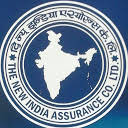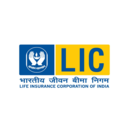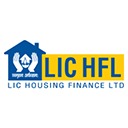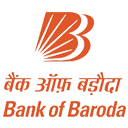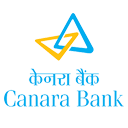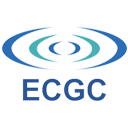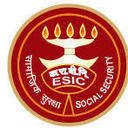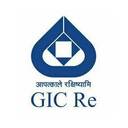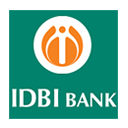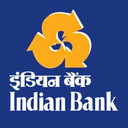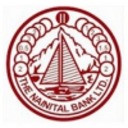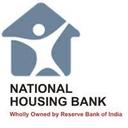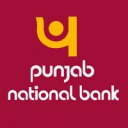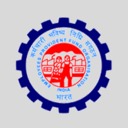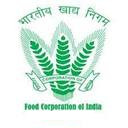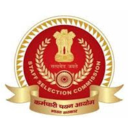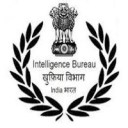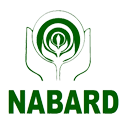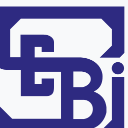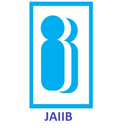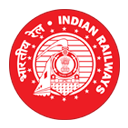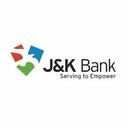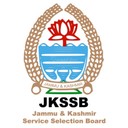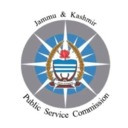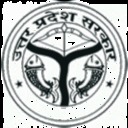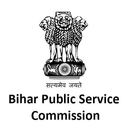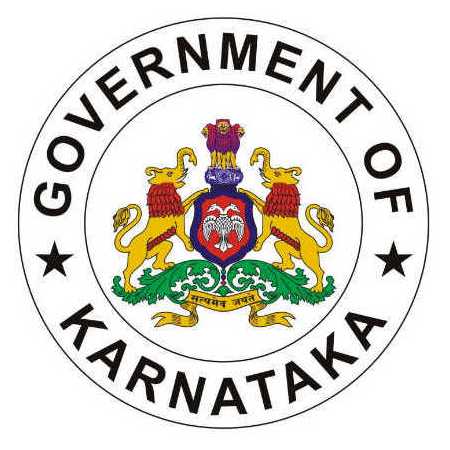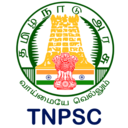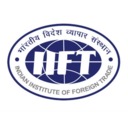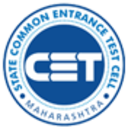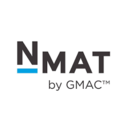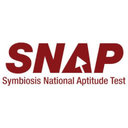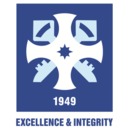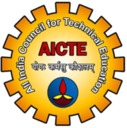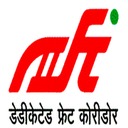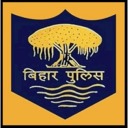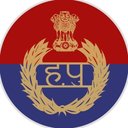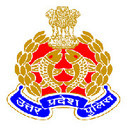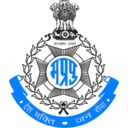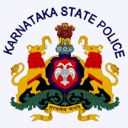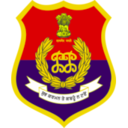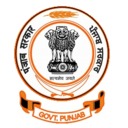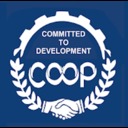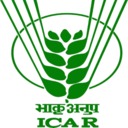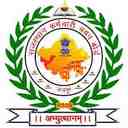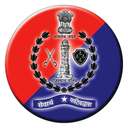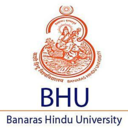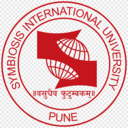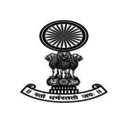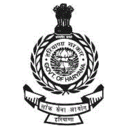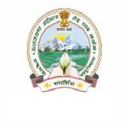The SSC CGL Maths syllabus 2025 is a critical component of both Tier 1 and Tier 2 exams, covering essential topics in Quantitative Aptitude. This section offers a golden opportunity to score high marks if prepared thoroughly with clear concepts and regular practice. Our comprehensive guide provides you with the complete SSC CGL Quant syllabus, including detailed Tier-wise topics, topic-wise weightage based on previous years, expert preparation tips, and a free downloadable PDF to help you master the Maths section effectively and boost your overall SSC CGL score. Whether you're a beginner or aiming for a top rank, this syllabus guide will streamline your preparation for success.
What is SSC CGL Maths Syllabus?
The Quantitative Aptitude section in SSC CGL 2025 is a crucial scoring area that appears in both Tier 1 and Tier 2 exams. With topics ranging from basic arithmetic to advanced mathematics, mastering the SSC CGL Maths syllabus can significantly boost your overall score. In this article, we provide the complete topic-wise syllabus, previous year weightage, preparation tips, and a free PDF download to help you plan your prep smartly and effectively.
| Particulars | Details |
|---|
| Exam Name | SSC Combined Graduate Level (CGL) 2025 |
| Subject | Quantitative Aptitude / Mathematics |
| Tiers Covered | Tier 1 and Tier 2 (Paper I – Mathematical Abilities) |
| Difficulty Level | Tier 1: Moderate
Tier 2: Moderate to High |
| Total Questions | Tier 1: 25 Questions
Tier 2: 30 Questions |
| Total Marks | Tier 1: 50 Marks
Tier 2: 90 Marks |
| Negative Marking | Tier 1: 0.50 per wrong answer
Tier 2: 1 mark per wrong answer |
SSC CGL Maths Syllabus 2025 for Tier 1 & Tier 2
Quantitative Aptitude is common in both Tier 1 and Tier 2 (Paper 1). The difficulty level of questions in Tier 2 is slightly higher than in Tier 1, but the syllabus remains broadly the same. Check out the sections below to know the detailed SSC CGL Syllabus for Maths.
Attempt Free SSC CGL Mock Test 2025
SSC CGL Tier 1 Maths Syllabus 2025
The SSC CGL Quantitative Aptitude section has a comprehensive syllabus that spans both Tier 1 and Tier 2 exams. While the topics remain similar, the level of difficulty increases in Tier 2. Below is a consolidated table that outlines all the major topics and sub-topics covered under Tier 1 for better understanding and structured preparation.
| Topic | Sub-Topics |
|---|
| Number System | Whole numbers, Decimals, Fractions, LCM, HCF, Surds & Indices |
| Arithmetic | Percentage, Profit and Loss, SI & CI, Ratio & Proportion, Time & Work, Time & Distance, Boat & Stream, Ages, Partnership |
| Algebra | Algebraic Identities, Linear Equations, Quadratic Equations, Surds |
| Geometry | Lines, Angles, Triangles, Circles, Polygons, Congruence & Similarity |
| Mensuration | 2D & 3D figures – Square, Rectangle, Triangle, Circle, Cone, Cylinder, Sphere, Hemisphere |
| Trigonometry | Trigonometric Ratios, Heights & Distances, Complementary Angles |
| Coordinate Geometry | Graphs of Linear Equations |
| Data Interpretation | Tables, Bar Graphs, Pie Charts, Histograms, Frequency Polygons |
Download SSC CGL Maths Formulas PDF
SSC CGL Tier 2 Maths Syllabus 2025 (Paper 1 Mathematical Abilities)
Below is a consolidated table that outlines all the major topics and sub-topics covered under Tier 2 for better understanding and structured preparation.
| Module | Topics Covered |
|---|
| Number Systems | Computation of Whole Numbers, Decimals, Fractions, Relationships between Numbers |
| Fundamental Arithmetical Operations | Percentages, Ratio & Proportion, Square Roots, Averages, SI & CI, Profit & Loss, Discount, Partnership, Mixture & Alligation, Time & Work, Time & Distance |
| Algebra | Basic Identities, Elementary Surds, Graphs of Linear Equations |
| Geometry | Triangles, Circles, Tangents, Chords, Polygons, Congruence, Similarity |
| Mensuration | All 2D and 3D figures – Prism, Cone, Cylinder, Sphere, Pyramid |
| Trigonometry | Ratios, Identities, Heights & Distances |
| Statistics & Probability | Mean, Median, Mode, Standard Deviation, Probability, Bar Graphs, Pie Charts |
Tips to Prepare SSC CGL Maths Syllabus Effectively
Here are some smart preparation tips to cover the vast SSC CGL Maths syllabus efficiently:
- Master Basics First: Start with Number System, LCM & HCF, and Simplification to build your arithmetic foundation.
- Conceptual Clarity: Focus on understanding rather than just memorizing formulas.
- Prioritize High-Weightage Topics: Important and frequently asked topics include Percentage, Profit & Loss, Time & Work, and Geometry. Practice questions from previous years to spot trends.
- Revise Formulas Daily: Make a formula notebook. Revise it regularly—especially for Mensuration, Trigonometry, and Algebra.
- Attempt Topic-Wise Quizzes: Use mock tests and practice apps. Start with easy topics like Ratio & Proportion, then move to complex ones like Coordinate Geometry and DI.
- Work on Calculation Speed: Practice multiplication tables, squares, cubes, and common fractions. Use tricks and Vedic math techniques to reduce calculation time.
- Analyze Mock Tests: Attempt full-length mocks regularly. Identify your weak areas and revise those specific topics.
Attempt SSC CGL Previous Year Paper
Topic Wise Weightage (Based on Previous Years)
Understanding the topic-wise weightage is crucial for prioritizing your preparation. While the Tier 1 paper tests basic mathematical aptitude, Tier 2 delves deeper into concept application and problem-solving. Here's a rough breakdown of the number of questions asked from each topic in recent years:
| Topic | Tier 1 (Approx. Questions) | Tier 2 (Approx. Questions) |
|---|
| Number System | 2–3 | 4–5 |
| Percentage, Profit & Loss | 3–4 | 8–10 |
| Time, Speed & Work | 3–4 | 7–9 |
| Algebra | 2–3 | 5–6 |
| Geometry & Mensuration | 3–4 | 10–12 |
| Trigonometry | 2–3 | 6–8 |
| Data Interpretation | 2–3 | 8–10 |
| Statistics & Probability | – | 4–6 |
Explore All SSC CGL Online Courses
Final Strategy to Crack SSC CGL Maths Section
Scoring well in the SSC CGL Maths section requires more than just knowing the syllabus—you need a smart strategy. From building a strong foundation to practicing under exam-like conditions, every step plays a role in boosting your performance. Here's a quick strategy table to help you stay on track:
| Strategy | Details |
|---|
| Start Early | Begin your maths prep as soon as possible—SSC CGL Maths can't be covered overnight. |
| Conceptual Clarity | Focus on understanding "why" behind formulas and methods. |
| Practice More, Learn More | The more you solve, the better your accuracy and speed. |
| Focus on Accuracy | Negative marking in both tiers—accuracy is key. |
| Mock Tests are Crucial | Take at least 2–3 full mocks per week in the final preparation phase. |
Download SSC CGL Maths Syllabus PDF 2025
To keep your preparation on track, download the complete SSC CGL Maths Syllabus 2025 in PDF format and keep it handy for revision.
Download SSC CGL Maths Syllabus 2025 PDF





